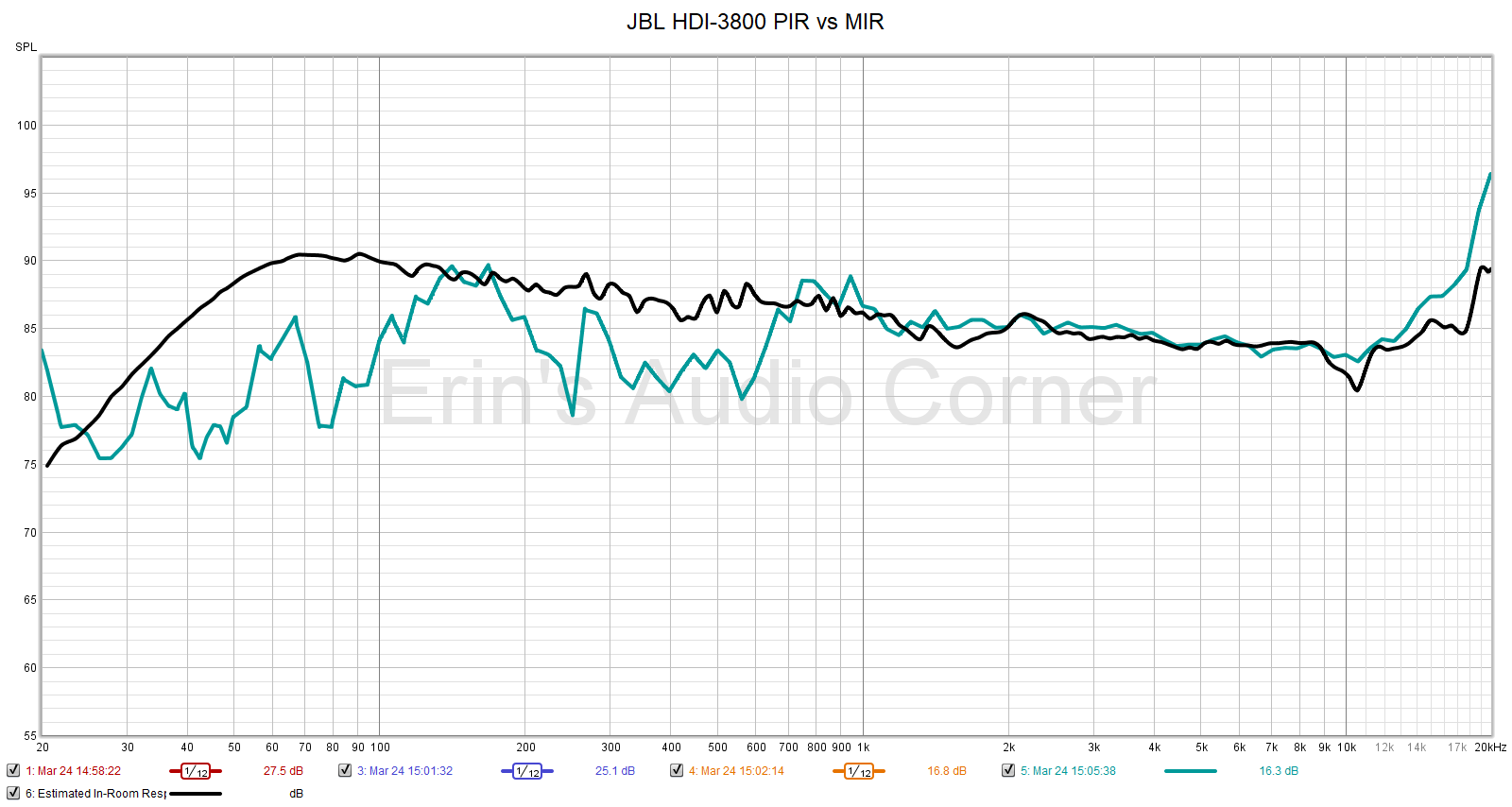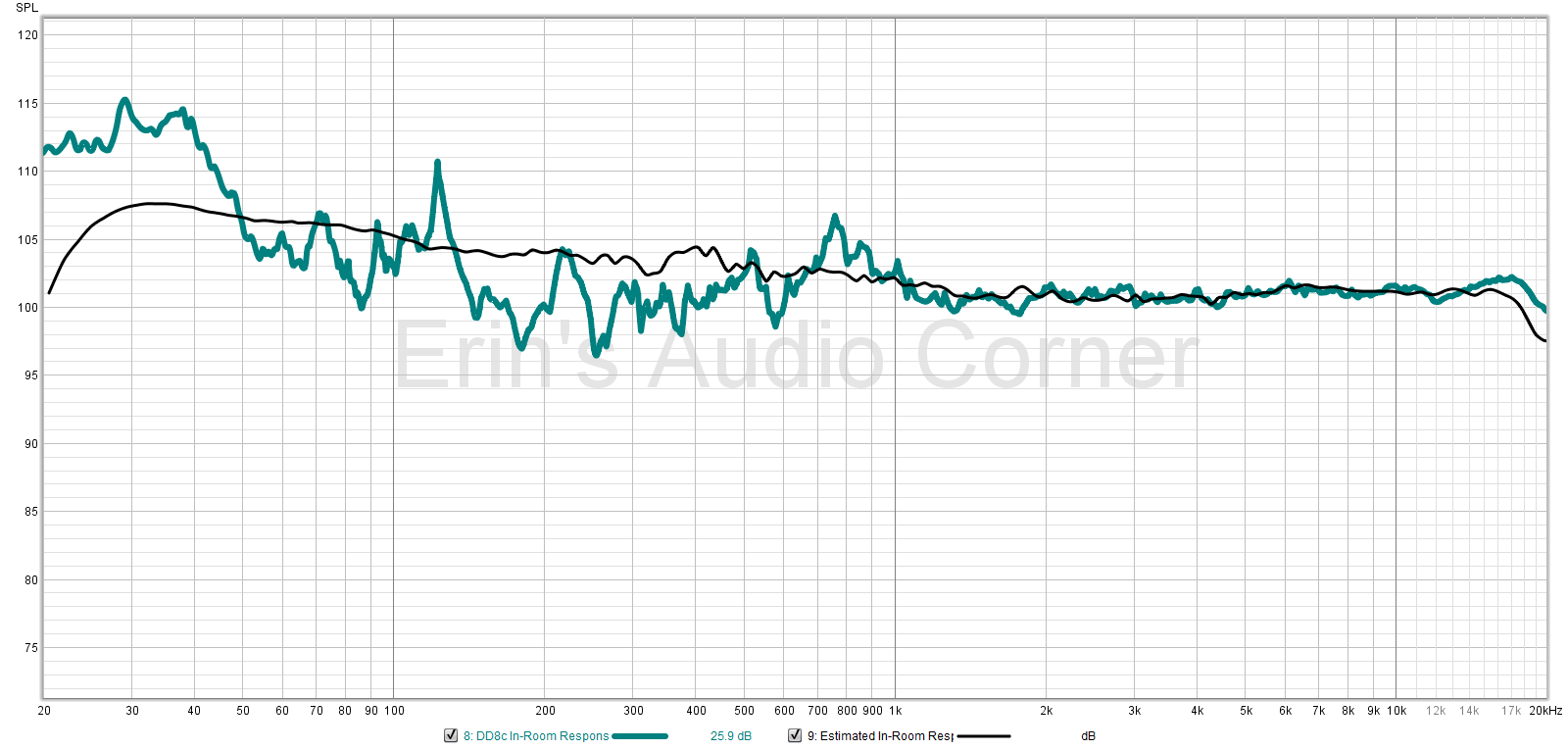Good day everyone -
So I’ve been looking into various methods of applying a cardioid response into different designs - things like resistive enclosures, active methods with rear drivers, and such
The thing that concerns me is that I’ve always wondered if it’s actually worth the effort - I’ve read different opinions from all parts of the web (which certainly doesn’t help...)
Such as the idea that cardioid isn’t all that meaningful into the modal region of the room/in an acoustically small room (which I recall Dr. Geddes saying that basically a typical room in your home is an acoustically small space), and would just end up costing output, or would just lead to increased distortion
As such, if y’all could help me work through this question as to whether or not it would be worth the effort - I would greatly appreciate it
-Thanks
So I’ve been looking into various methods of applying a cardioid response into different designs - things like resistive enclosures, active methods with rear drivers, and such
The thing that concerns me is that I’ve always wondered if it’s actually worth the effort - I’ve read different opinions from all parts of the web (which certainly doesn’t help...)
Such as the idea that cardioid isn’t all that meaningful into the modal region of the room/in an acoustically small room (which I recall Dr. Geddes saying that basically a typical room in your home is an acoustically small space), and would just end up costing output, or would just lead to increased distortion
As such, if y’all could help me work through this question as to whether or not it would be worth the effort - I would greatly appreciate it
-Thanks


